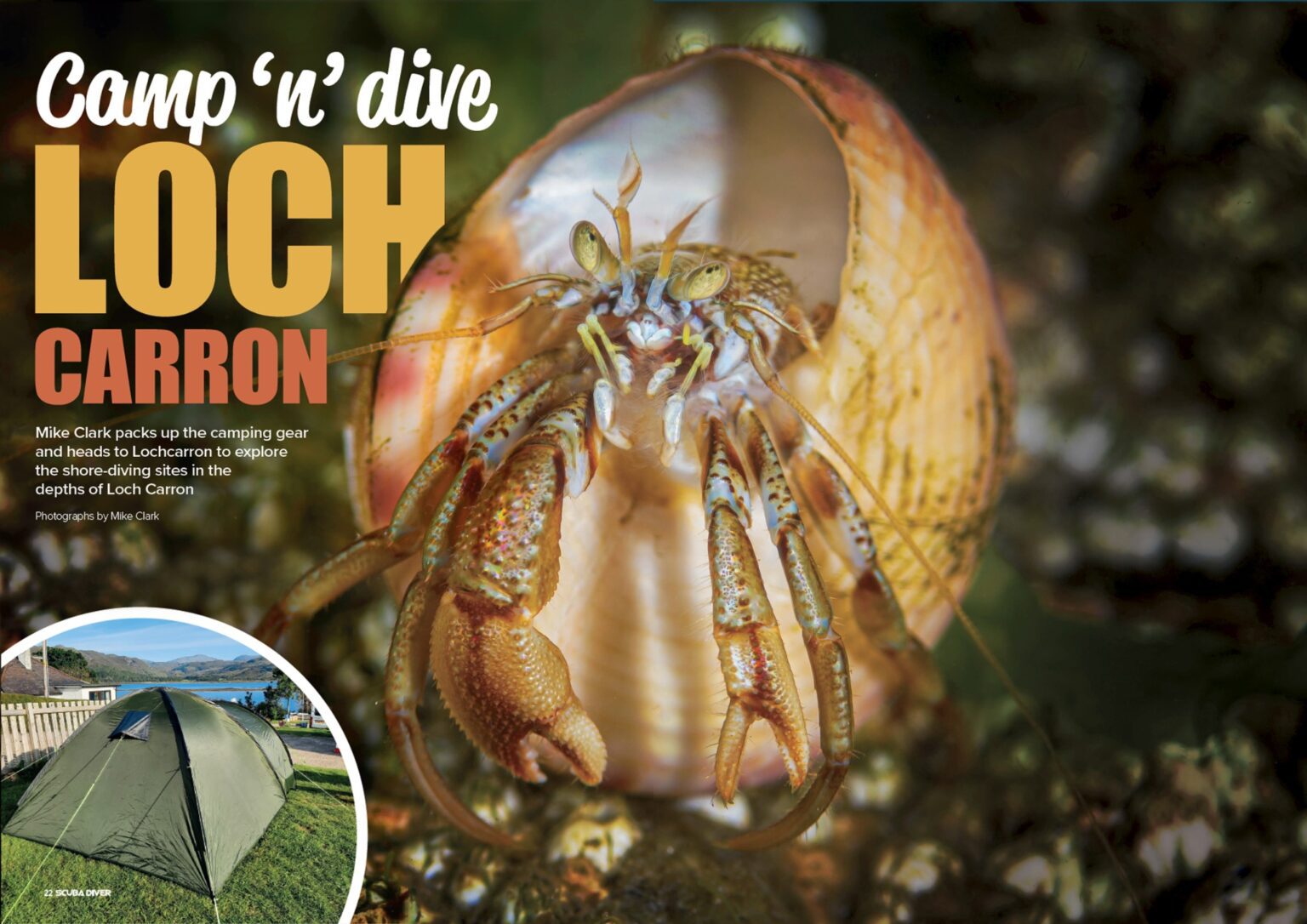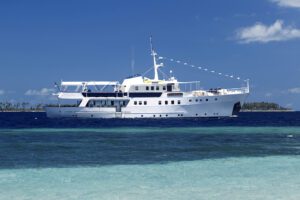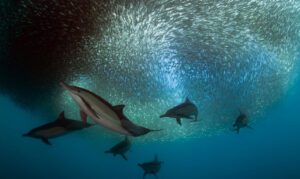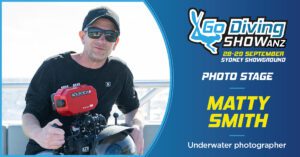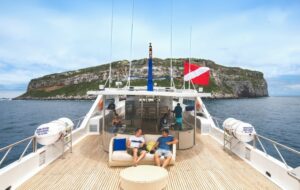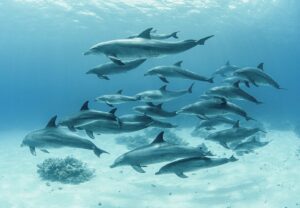Lochcarron is situated in the northwest of Scotland, and it is a small village on the north shore of Loch Carron. The Loch has two fantastic high-energy dive sites that are situated right at Strome Narrows.
These narrows funnel the waters of the flood and ebb tides and in turn provide a constant source of food and nutrients for the filter feeders that densely cover the dive sites. This, in turn, provides cover for small fish and shellfish and the food chain builds up from here, supporting more predatory animals, some of which are very large – as I would find out.
The Wee Campsite at Lochcarron has been my base for trips up here. It’s reasonably priced and has good facilities. It is only a five-minute walk from the village store for supplies and the pub, where you can get good pub meals.
The site is also only a ten- to 15-minute drive to the dive sites on Loch Carron. It is an hour drive from the more-relaxed diving in Loch Duich, where multiple sites are available to dive with more sedentary creatures. So once you pitch your tent or rock up in your camper van, you are ready to experience some fantastic diving.
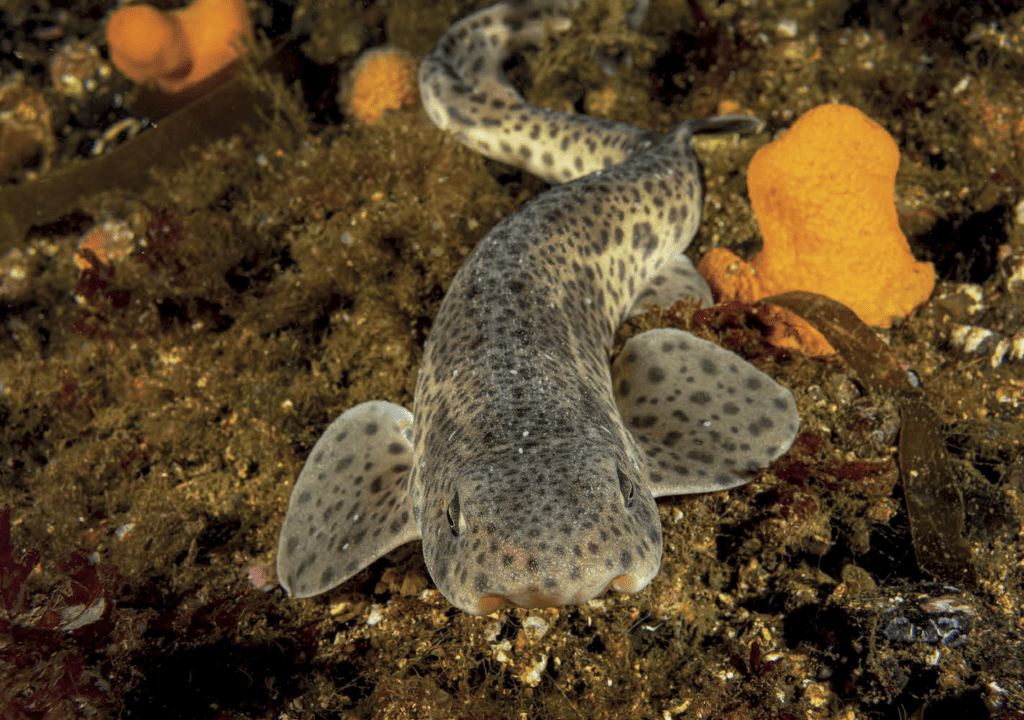
Loch Carron
Before diving here you really do need to know what the tide is doing. Both the dive sites I will describe have limited access and egress points. Being pushed off site by the tide will at best have the result of a very long walk in a drysuit, along with some mountaineering to get back up the steep face of the coastal slope.
I use the tide times for Plockton and plan around these to ensure slack water, which occurs near high and low water. I like to get in the water 45 minutes before slack water on neap tides. Slack water will be much shorter on spring tides.
Strome Narrows (Low Water)
Strome Slipway is our first location and there are a number of dives you can undertake from here. Parking is limited to a few cars. Entry and exit is from the slip.
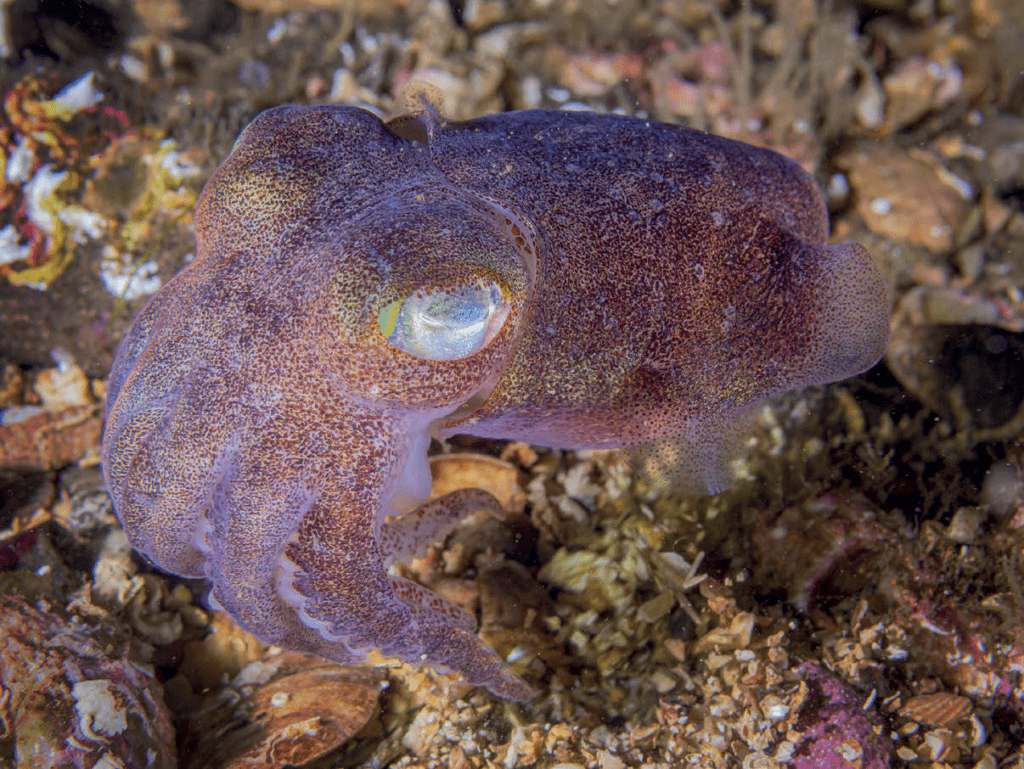
Dive Site 1 -The Mooring Buoys
This dive is shallow and easy and is an excellent choice if you have missed slack water. Directly out from the slipway are two mooring buoys.
A fish farm tender will usually be tied to one of them. Take a bearing to the nearest one and fin out to it underwater. The vis here is usually very good and you can expect an average of around ten metres.
The sandy bottom is covered by kelp and long fronds of seaweed, apart from where the mooring buoy chain has scoured the seafloor.
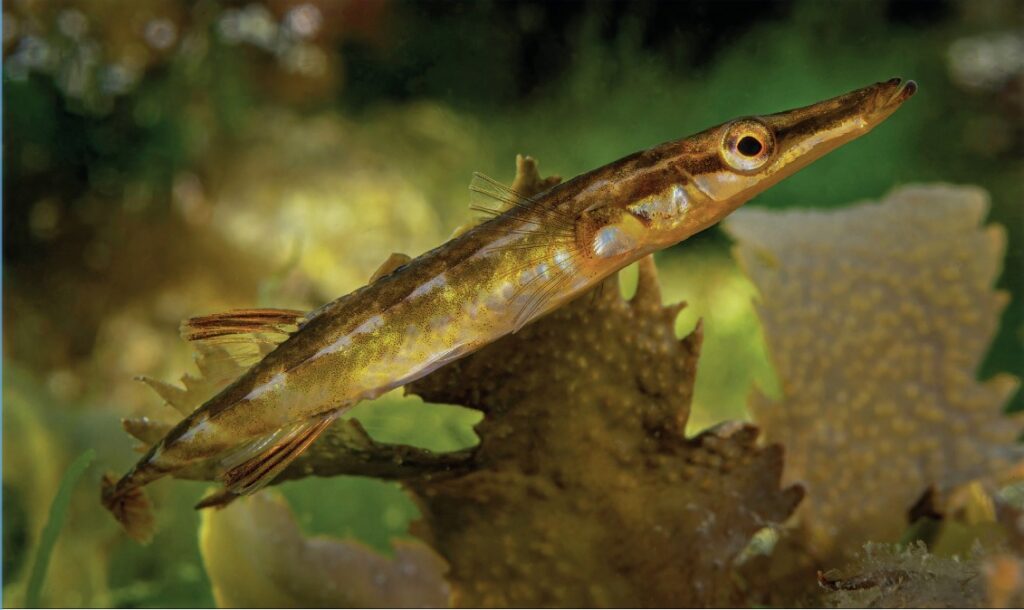
Here you will find coarse sand full of gobies and dragonets. Large starfish and anemones abound and small spotted catsharks are frequently encountered. Just offshore from here the main attraction of the site can be encountered, and these are flame shell beds.
At the base of the kelp, the seafloor will look like rock covered in brittle stars. If you gently touch the rock, you will find it is soft.
The bright orange flame shells that create these soft mats hide under them. The flame shell beds here are protected after a scallop dredger damaged them. Keep an eye on the kelp as you will be entering the tidal zone here.
Dive site 2 -Strome Point
This is the main dive site here and initially involves a surface swim west to the start of the headland. There is an obvious pontoon moored here and on reaching this I drop down into around 10m of water. I then fin on a southwest course slightly offshore through the kelp until the wall presents itself and depth gently increases to approximately 22m.
Gullies cut into the wall and large berms of sand have been deposited here by the strong tides. Flatfish and sand eels abound here and a small spotted catshark won’t be far away. The wall is densely covered with soft corals and anemones and you will find lobster, crab and sunstars here.
On the seafloor you will find Yarrell’s blennies, butterfish and sea scorpions. This is a great site for encountering bobtail squid. The ones here are much larger than I had experienced before.
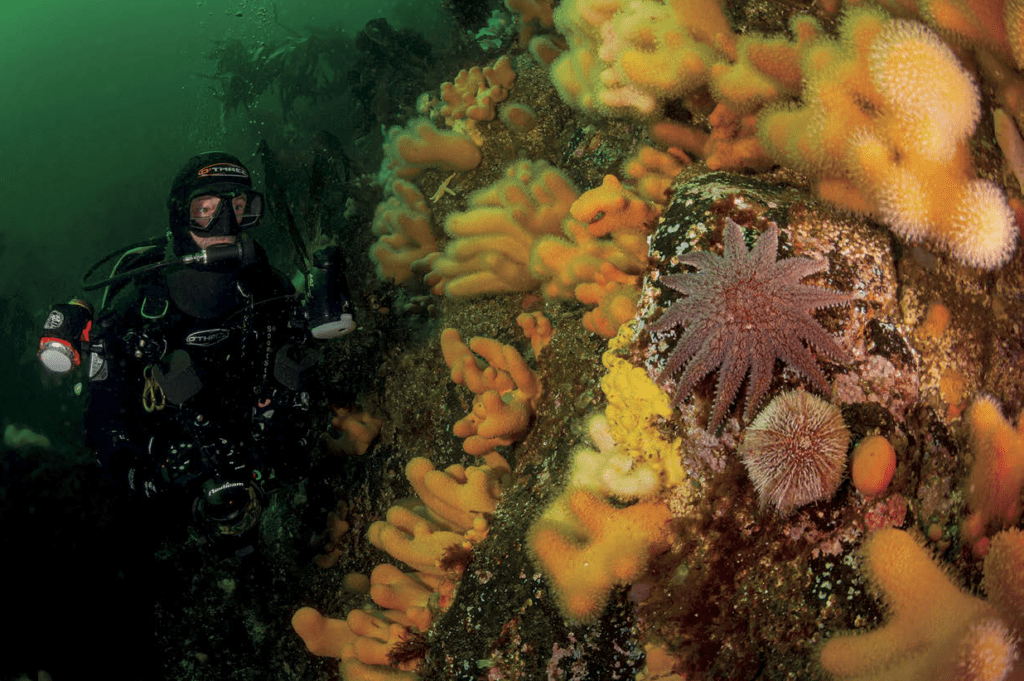
Further along the headland the wall becomes vertical and there is only a rocky seafloor. The wall is full of cracks where you will find all manner of small creatures. The seafloor ten metres off of the wall is where I had my encounter with a massive flapper skate. With a wingspan of around two metres, it was far bigger than I imagined and it was the highlight of my diving in Loch Carron.
After 40 minutes of diving the tide will have turned and you will start to feel the tide wanting to push you back to the slipway by retracing your route. This is my preferred way to dive the site and I enter the water around 40 minutes before low water Plockton at neap tides.
If the tide has not turned yet you can continue on by keeping the ever-more impressive cliff on your right shoulder and follow the wall around the headland, where the waters will shallow as you enter Castle Bay, found directly south of the ruin of Strome Castle. The slippery rocks make for a treacherous exit, but there are steps back up to the road.
Dive Site 3 -Conservation Bay (High Water)
Quarter of a mile further on from Strome Castle you will find the spectacular Conservation Bay. It’s a bit of a walk down a slope to this site, but high tide minimises the distance over the pebble beach. Kitting up on boulders at the eastern side of the bay and slipping under the water, you are straight into the action.
Following the wall to your left, the reef quickly drops away to 10m, here you will pass a couple of memorial plaques for divers and after this point you will be affected by the tide. The last of the flood tide will push you up the loch along ever-more-impressive walls.
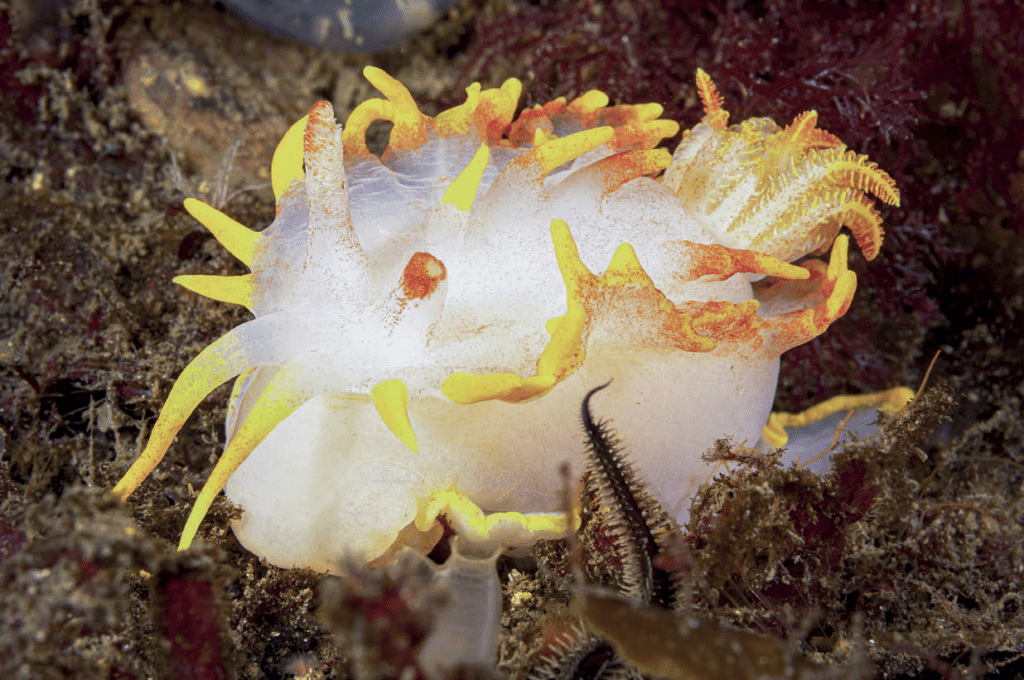
These are completely covered by orange and white dead man’s fingers. Massive edible crabs and large sunstars move around on the walls. Large nudibranchs that feed on the dead man’s fingers are found here as well as lots of their smaller cousins.
Fish life is good as well and the cracks and crevices are full of topknot, Yarrell’s blennies and scorpionfish. The seafloor is now 20m deep and the small boulders are covered with brittle stars, and butterfish and Yarrell’s blennies abound.
Every space is covered in life. Keep your eyes peeled for the bobtail squid and the everpresent small spotted catshark.
After around five minutes of finning you will arrive at a cave. This is the highlight of this dive. A massive conger is resident in the lower part of this opening. Wrasse and schools of bib and pouting can be seen here too.
Last year a lesser forkbeard, also known as a tadpole fish, was in residence in the upper part of the cave. To the left of the cave mouth the reef curves out somewhat and there are lots of interesting cracks and crevices to explore.
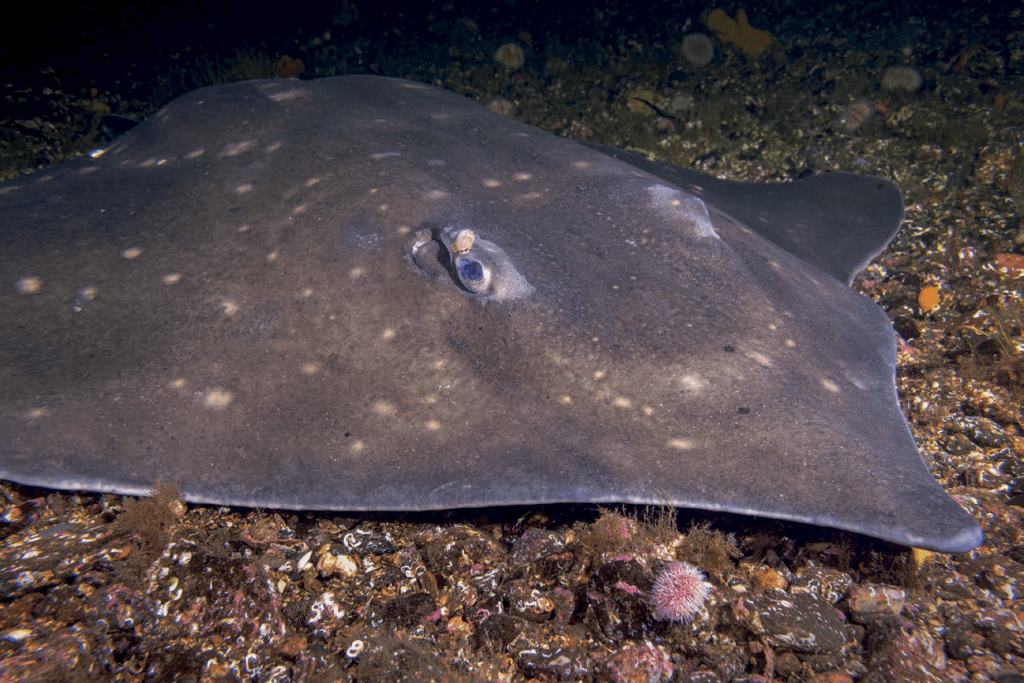
The wall does continue on further, but here is a good place to turn around and head back to the entry point. You don’t have to stay on the seafloor though as those walls rise from over 20m right up to the surface.
Rising up to around 12m and you will find kelp-fringed ledges and gullies opening up to explore. A lot of life hides up here too. Have a look for crabs, nudibranch and scorpionfish on the kelp.
The seafloor rises up all the time as you fin back to the reef. In 5m the rocks and weeds at the side of the beach are an excellent spot to see 15 spined sticklebacks and shannies.
Dive Site 4
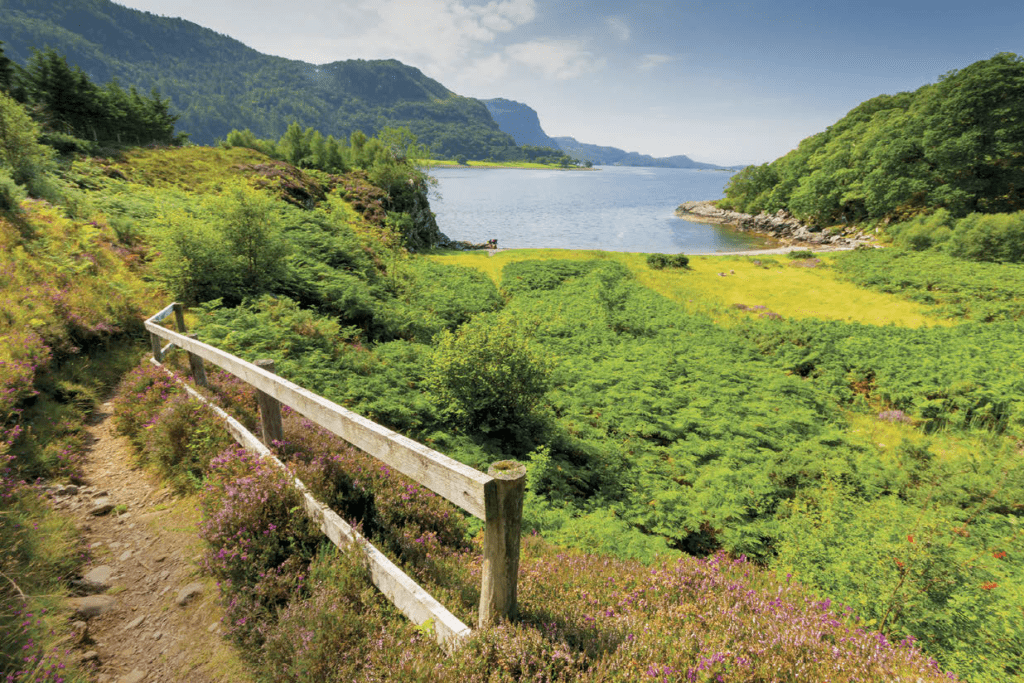
Conservation Bay can also be dived by finning straight out off the beach on a south compass bearing. After clearing through a band of kelp, the flat seafloor levels off at 20m. The seafloor is covered with brittle stars and dahlia anemones, with spider and edible crabs in among them.
Fifteen minutes of finning will bring you to a zone where the seafloor has been swept clean by the strong tides. There are lots of small spotted catsharks here and I expect it would be a good place for rays, but I have seen none here as yet.
Turn around and use a reciprocal north compass bearing to get back to the beach – factor in that you will have moved with any tide.
Dive services
Now for the sad news. Dave Black, who ran 5 Bells Diving, passed away last year. He was a great guy who provided air fills and helped divers when they visited the area. He freely shared his wealth of knowledge and will be sadly missed.
This unfortunately means that there are no local air fills. If you are visiting the area, you will either need multiple tanks or your own compressor.
This article was originally published in Scuba Diver UK #75.
Subscribe digitally and read more great stories like this from anywhere in the world in a mobile-friendly format. Link to the article
